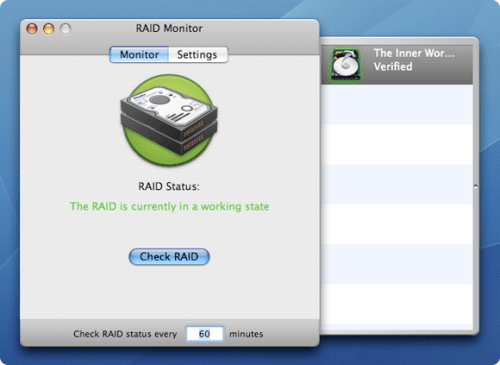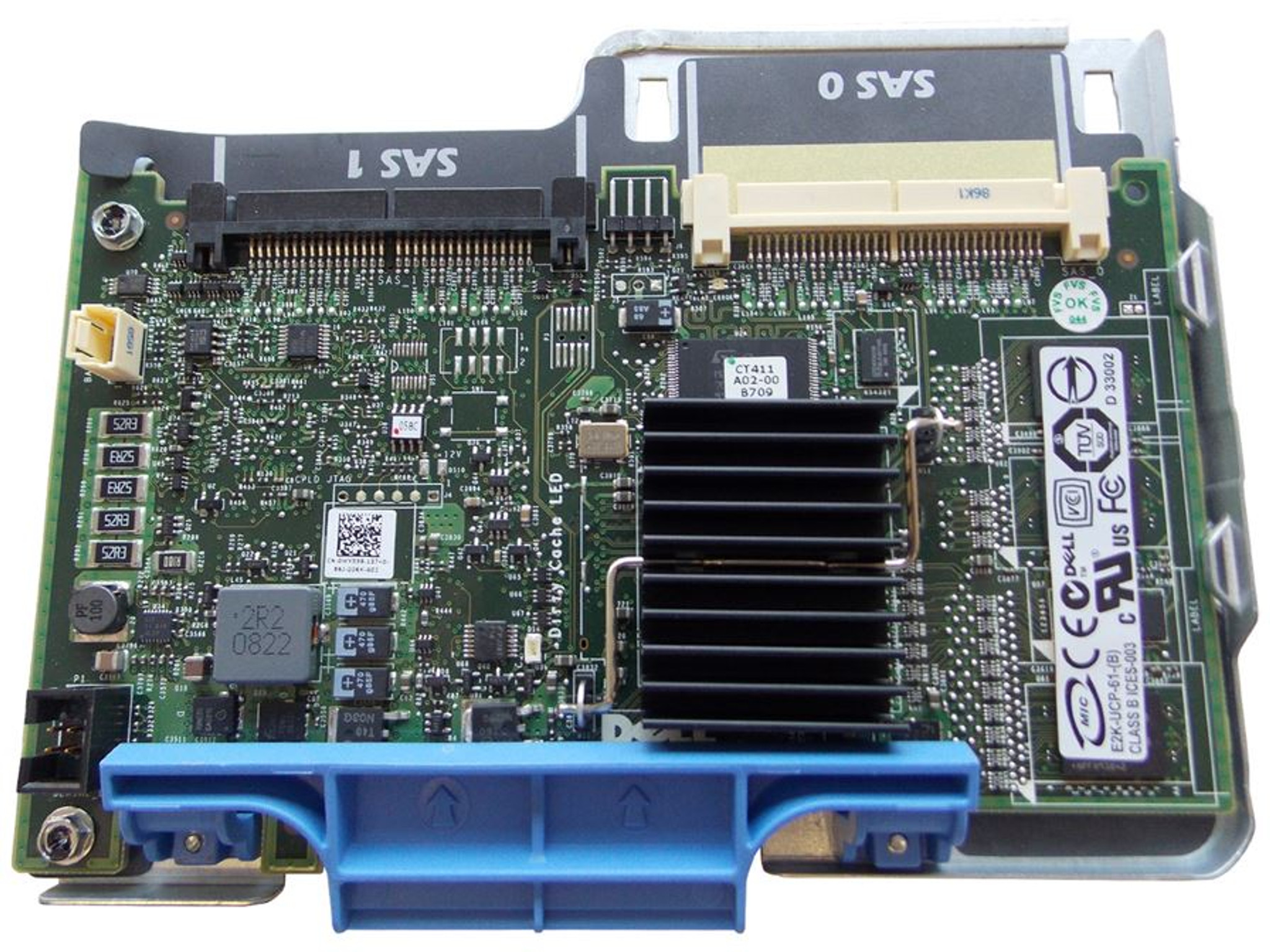
- #RAID MONITOR WINDOWS 7 HOW TO#
- #RAID MONITOR WINDOWS 7 INSTALL#
- #RAID MONITOR WINDOWS 7 FULL#
# mdadm -S /dev/md0 mdadm: error opening /dev/md0: No such file or directory # mdadm -S /dev/md0 mdadm: stopped /dev/md0Īfter destroying the RAID array, it won’t detected as a separate disk device: If you need to remove the previously created mdadm RAID device, unmount it:
#RAID MONITOR WINDOWS 7 HOW TO#
Spare Devices : 0 How to Add or Remove Disks to Software RAID on Linux? Spare rebuilding /dev/vdd shows which disk is being added to the array.Īfter rebuilding the array, check its state: Rebuild Status : 48% complete shows the current array recovery state. To restore the array, you must remove the damaged disk and add a new one.ĭisk recovery will start automatically after you add a new disk: – the last line shows that the one disk in the RAID is damaged. The detailed information about the RAID also shows that there are some problems:Īrray Size : 20954112 (19.98 GiB 21.46 GB) When both disks are healthy, the output is. First of all, find out if the disc is damaged and needs to be replaced.įrom the previous command you can see that only one disk is active. If one of the disks in a RAID failed or damaged, you may replace it with another one. I/O size (minimum/optimal): 512 bytes / 512 bytes Recovering from a Disk Failure in RAID, Disk Replacement Sector size (logical/physical): 512 bytes / 512 bytes You can view the brief information using fdisk:
#RAID MONITOR WINDOWS 7 FULL#
Consistency Policy – is the parameter that sets the synchronization type after a failure, rsync is a full synchronization after RAID array recovery (bitmap, journal, ppl modes are available). Spare Devices – number of spare disks in the RAID.  Failed Devices – number of failed devices in the RAID. Working Devises – number of working disks in the RAID. Active Devices – number of active disks in the RAID. State – is the current state (clean - it is OK). Total Devices – is the number of disks added to the RAID. Raid Device – the number of disks in the RAID. Used Dev Size – the space size used by devices. Array Size – the size of the RAID disk space. Creation Time – the date and time of RAID creation. Let’s consider the main items in the command listing: You can view more detailed information about the specific RAID using this command: To check the state of all RAIDs available on the server, use this command: #echo 'idle' > /sys/block/md0/md/sync_action Then view the output of the following file: #echo 'check' > /sys/block/md0/md/sync_action To check data integrity in the array, use the following command: How to View State or Check the Integrity of a RAID Array? # nano /etc/fstab /dev/md0 /backup ext4 defaults 1 2
Failed Devices – number of failed devices in the RAID. Working Devises – number of working disks in the RAID. Active Devices – number of active disks in the RAID. State – is the current state (clean - it is OK). Total Devices – is the number of disks added to the RAID. Raid Device – the number of disks in the RAID. Used Dev Size – the space size used by devices. Array Size – the size of the RAID disk space. Creation Time – the date and time of RAID creation. Let’s consider the main items in the command listing: You can view more detailed information about the specific RAID using this command: To check the state of all RAIDs available on the server, use this command: #echo 'idle' > /sys/block/md0/md/sync_action Then view the output of the following file: #echo 'check' > /sys/block/md0/md/sync_action To check data integrity in the array, use the following command: How to View State or Check the Integrity of a RAID Array? # nano /etc/fstab /dev/md0 /backup ext4 defaults 1 2 
First of all, you have to zero all superblocks on the disks to be added to the RAID: I have two extra disks installed on my Linux server, and I want to create a software mirror on them (RAID1). Libreport-filesystem.x86_64 0:2.1.Ĭreating RAID 1 (Mirror) Using 2 Disks on Linux Installing : libreport-filesystem-2.1.86_64 1/2 Mdadm and the dependent libraries will be installed: Running transaction
#RAID MONITOR WINDOWS 7 INSTALL#
For Ubuntu/Debian: apt-get install mdadm. For CentOS/Red Hat ( yum/dnf is used): yum install mdadm. To install mdadm, run the installation command: Mdadm: How to Install a Software Raid Management Tool? Mdmonitor: RAID State Monitoring & Email Notifications. How to Add a Hot-Spare Drive to an MDADM Array?. 
How to Add or Remove Disks to Software RAID on Linux?. Recovering from a Disk Failure in RAID, Disk Replacement. How to View State or Check the Integrity of a RAID Array?. Creating RAID 1 (Mirror) Using 2 Disks on Linux. mdadm: How to Install a Software Raid Management Tool?.







 0 kommentar(er)
0 kommentar(er)
